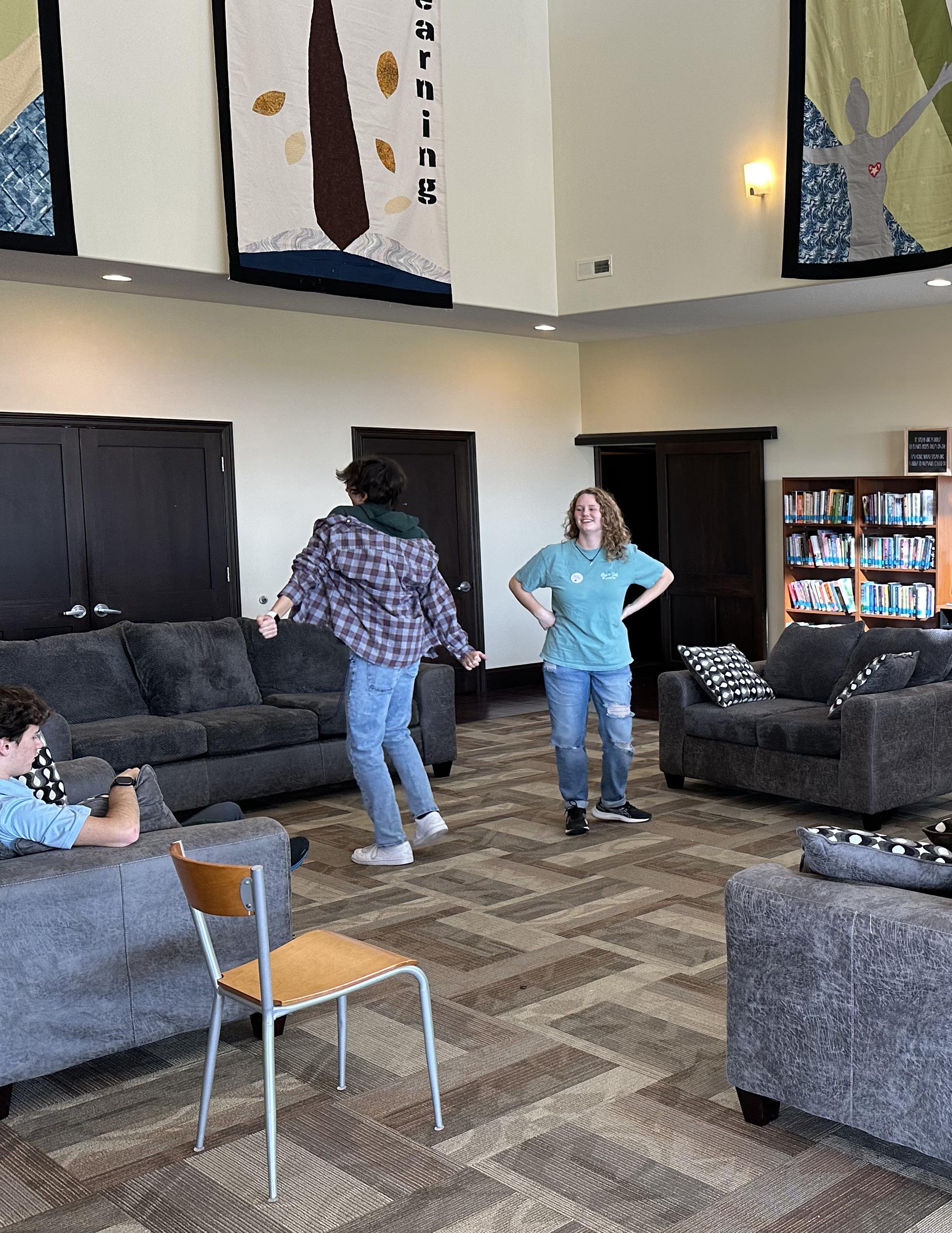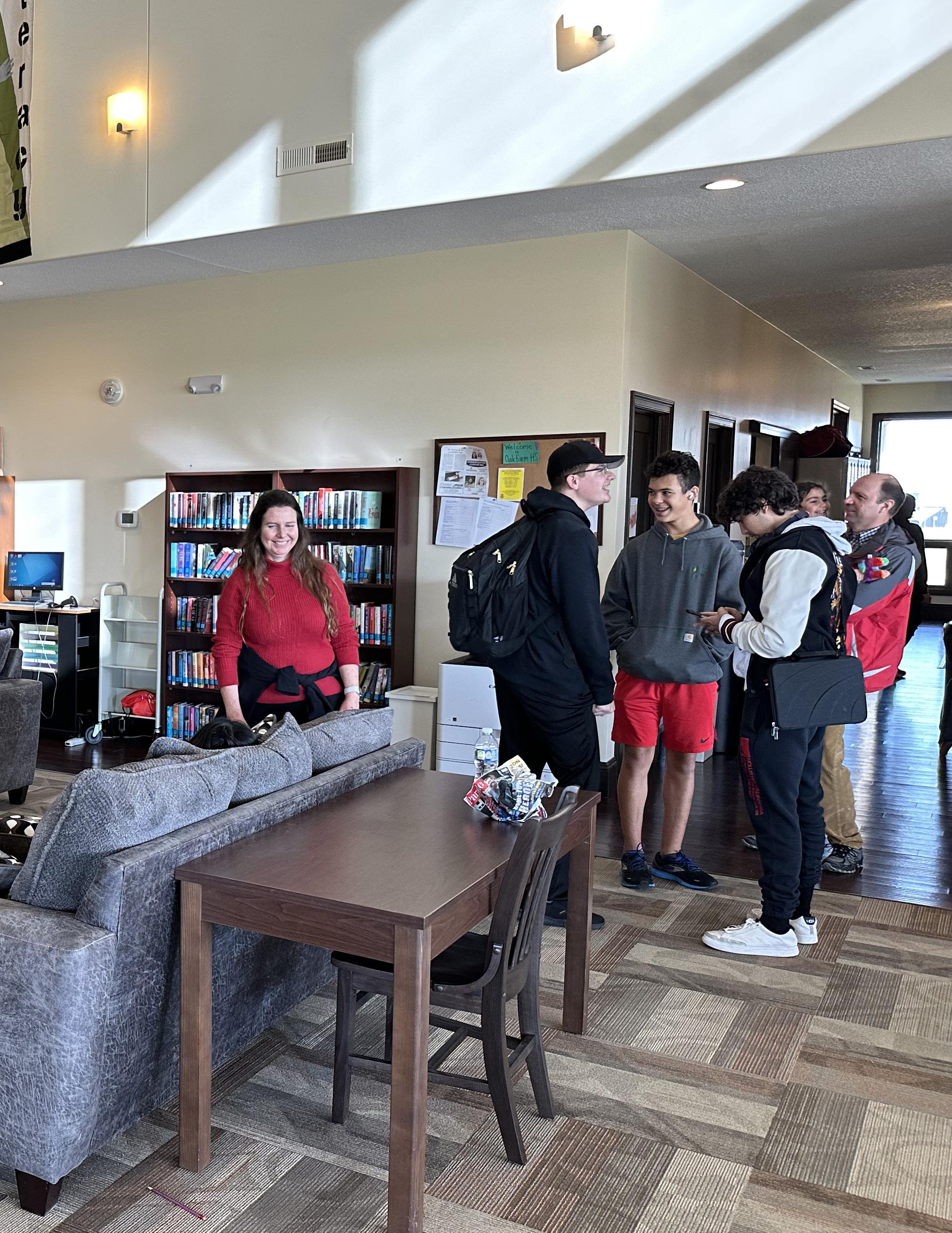
1 minute read
Virtue and Vulnerabiliity
Jon Agler, High School Administrator and Business Programs Director
Aristotle in his teachings shared that it takes education and practice to become virtuous. Within the Montessori environment, there are many opportunities to learn and practice how one’s interactions can impact those around them. For the first plane of development, children mimic virtuous behaviors. They see adults and older children’s behavior and they follow their lead. Their family unit is a very important part of this development and much of their own behavior is a response to their environment. During the second plane, students must work out their own morality within the context of their immediate surroundings. The socialization of the students is formed through guidance from adults, but the children are no longer only mimicking, but now they are practicing as it impacts them and their own social circles.
In High School, students who are in the later stages of the third plane of development are now at the place where they know and are educated on the basic moral needs within their own community. They are now challenged with rationalizing the morality of humanity as a whole, and how they themselves will impact the world in a positive or negative way.


Adolescence is a sensitive time in development as they learn about many dark and immoral parts of humanity. This is a heavy, yet important part of holistic development. They must ask, “why would someone choose to act the way they do,” and “would I make the same decisions if I were in their shoes?” They are no longer mimicking, but exploring their own action’s impact. We should openly talk to them about these issues and help them to rationalize this difficult reality.
The guide and parents must not forget to continue to expose them to, and promote those who have come before us, who have chosen the virtuous way of life. As we promote positive moral behavior in the school, we must also show and promote trust and honesty among the young adults and older adults. It is learned at a young age that people are often given moments to choose virtue and many times choose selfishness. Moral perfection must be seen as an unattainable myth, and that true virtue comes from honest apologies and forgiveness. For adolescents, the quickest way to help them learn virtue is for them to witness an older adult own their negative actions and ask for forgiveness. This vulnerability is an example of humility and love for another person. In this way, they can now mimic, as an adult, how to own their own behaviors and to take action to restore relationships. This is a difficult, but important, work for all of us.







